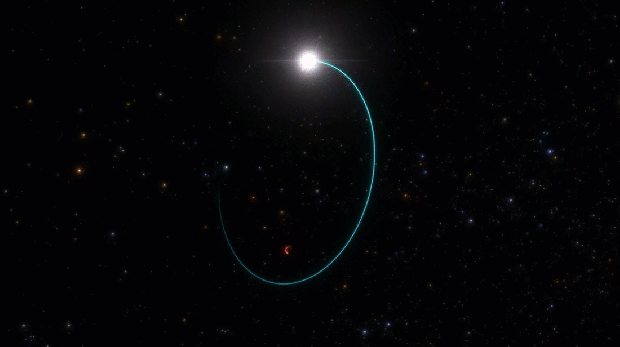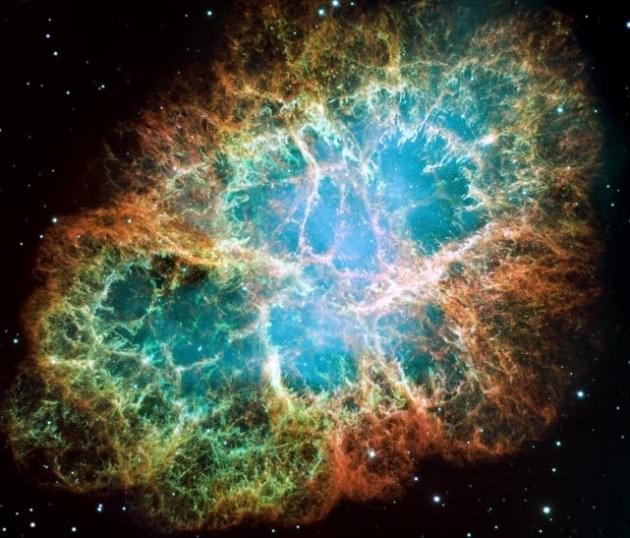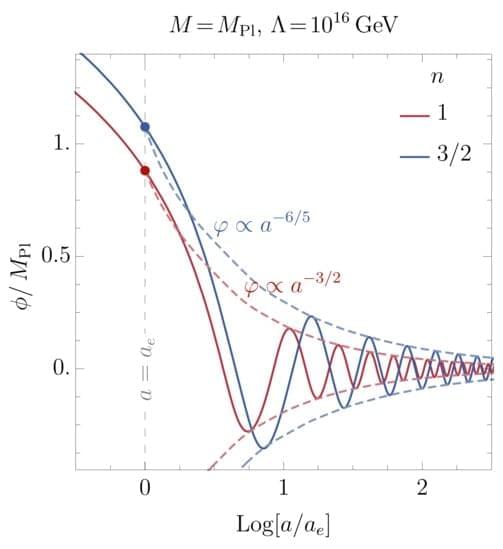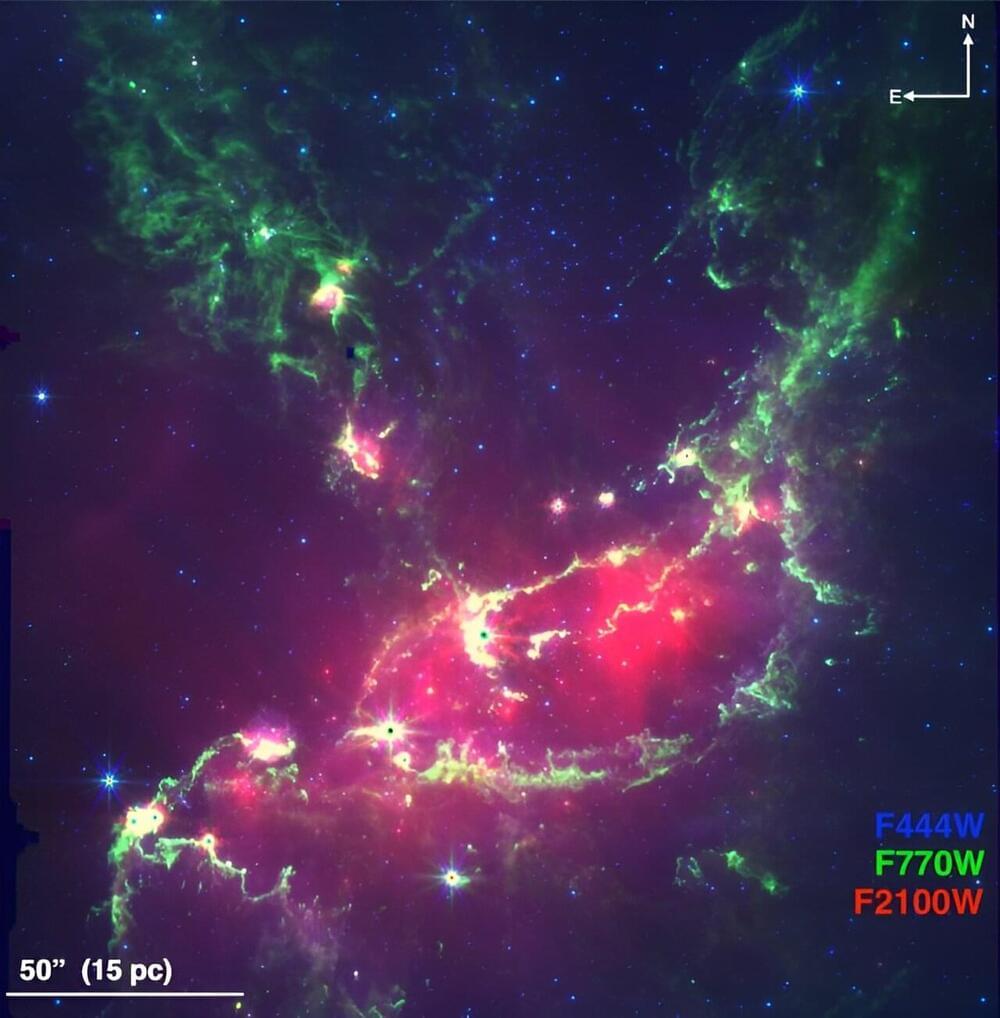May 11, 2024
How do we know how much dark matter there is in the Universe?
Posted by Dan Breeden in categories: cosmology, physics
AD — Go to https://ground.news/drbecky to stay fully informed with the latest Space and Science news. Subscribe through my link to get 40% off the Vantage plan for unlimited access this month only. | I often get asked how do we know dark matter exists? Which is why I’ve made a video on all the observational evidence we have before (linked below)! But occasionally I’ll get asked how do we know how much dark matter there is, which is a really fun question. There’s many different ways we can calculate this, including the ratio between normal (baryonic) and dark matter, but in this video I just wanted to highlight three different ways astrophysicists calculate this.
Here’s my previous video on all the evidence we have for dark matter — • All the evidence we have for dark mat…
My previous video on whether dark matter could be made of black holes — • Is dark matter made of black holes?
My previous video on whether black holes contain dark matter — • Do black holes contain dark matter?
My previous video on why galaxies merge if the universe is expanding — • If the Universe is expanding, then wh…
Continue reading “How do we know how much dark matter there is in the Universe?” »


















